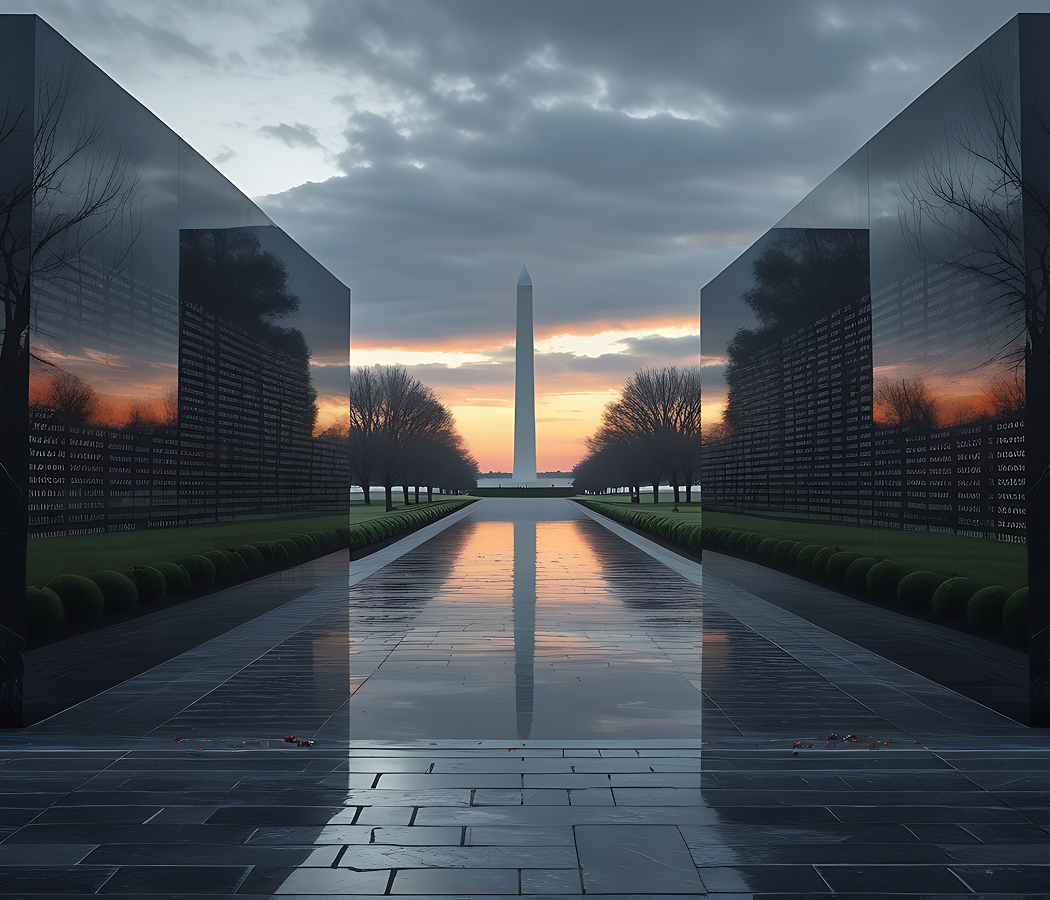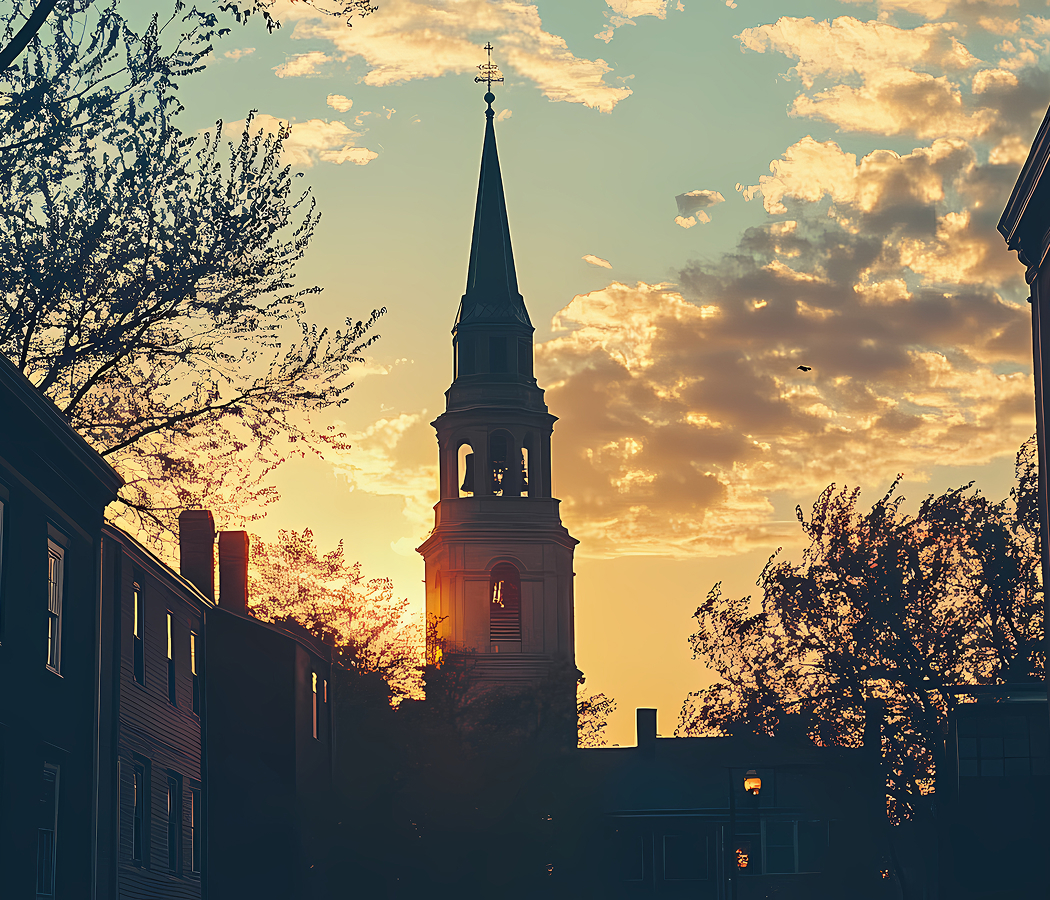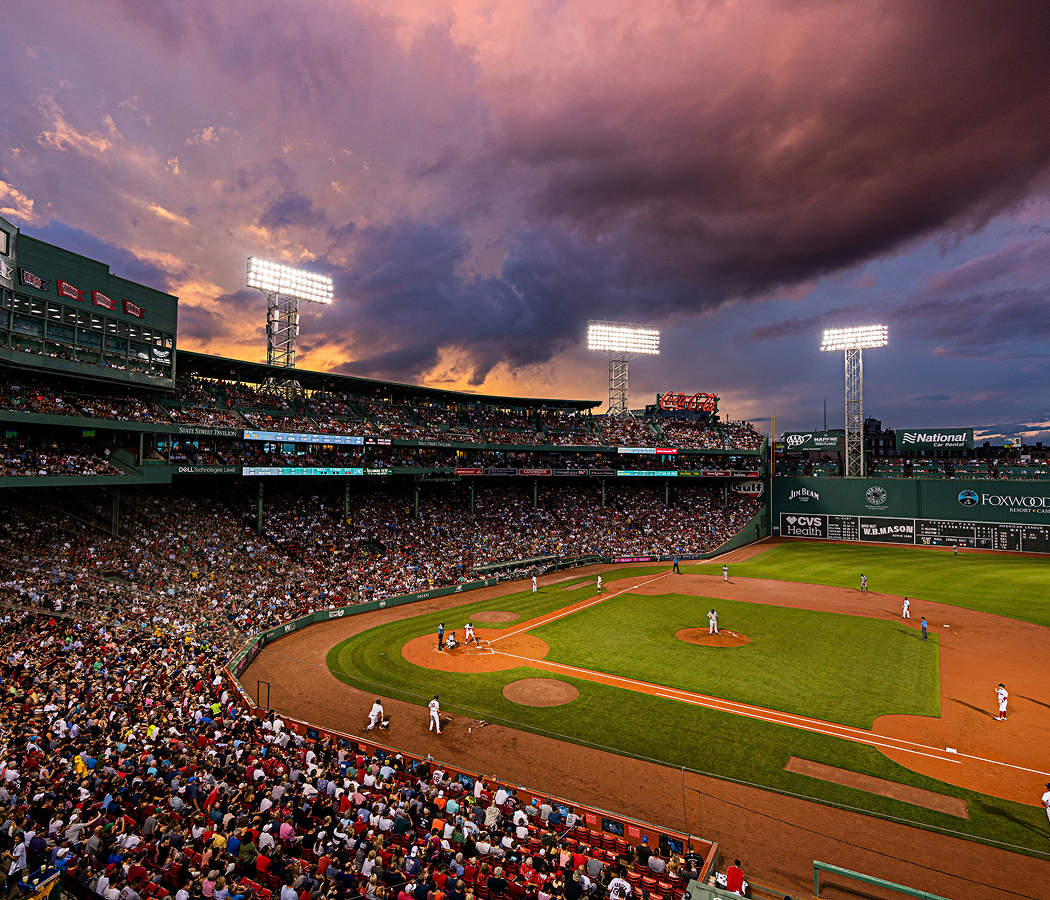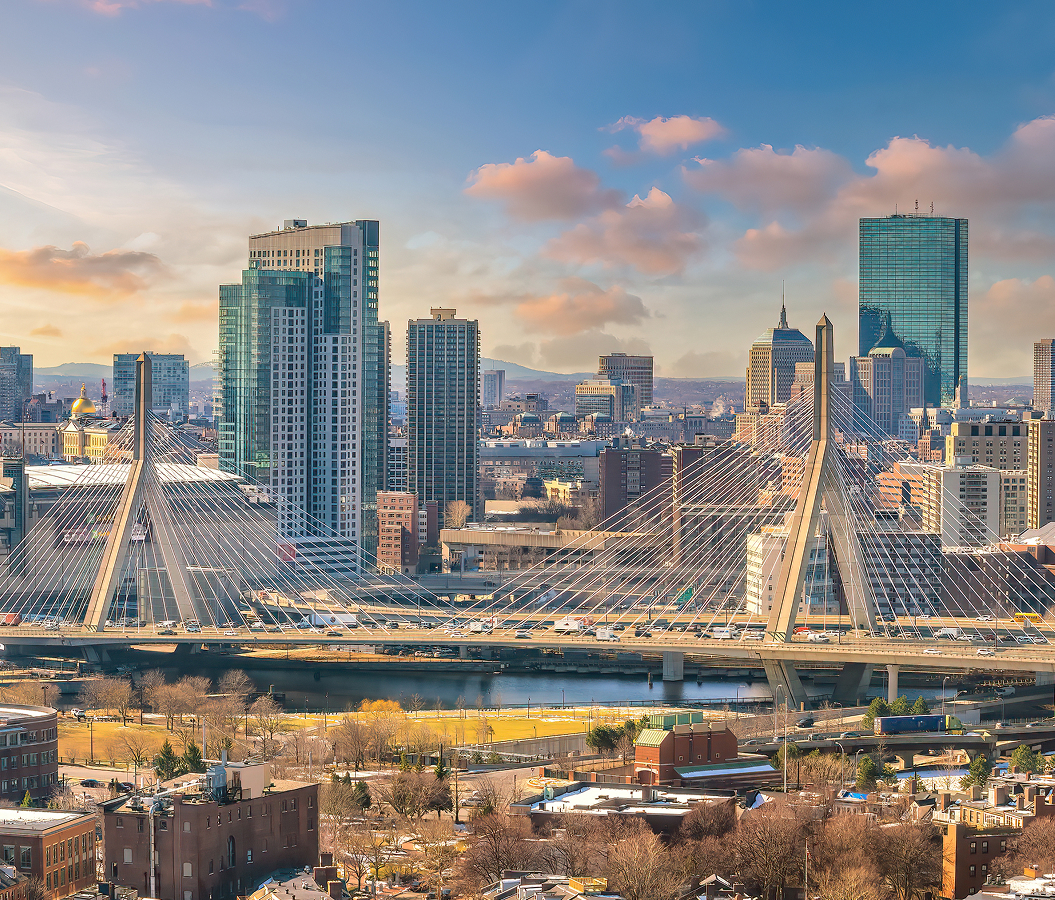
Why you should experience the Smithsonian Castle in Washington, D.C.
The Smithsonian Castle in Washington, D.C. is more than just a landmark, it’s the beating heart of America’s museum capital, a place where history, imagination, and discovery are built into every brick.
Rising in striking red sandstone along the National Mall, the Castle’s Gothic Revival spires stand in elegant contrast to the marble monuments and modern museums that surround it. Completed in 1855 and designed by architect James Renwick Jr., the Castle was the first building of the Smithsonian Institution, the institution that would grow into the world’s largest museum and research complex. Step inside, and you’ll feel the hum of purpose that has animated the building for more than a century and a half. The architecture feels almost European in its grandeur, pointed arches, vaulted ceilings, and ornate windows glowing with filtered light, yet its spirit is distinctly American: curious, innovative, and welcoming. It’s here that the Smithsonian’s story begins, a story born of one man’s vision, James Smithson, an English scientist who, having never visited the United States, left his fortune “for the increase and diffusion of knowledge among men.” His gift seeded a legacy that turned Washington, D.C. into the world’s learning capital. The Castle now serves as the Smithsonian’s visitor center, an entry point to nineteen museums and galleries spread across the Mall. Whether you’re here to orient yourself for a day of exploration or simply to wander its storied halls, the Smithsonian Castle feels like stepping inside the mind of curiosity itself, the place where knowledge takes root before branching outward into wonder.
What you didn’t know about the Smithsonian Castle.
The Smithsonian Castle holds layers of history that most visitors walk past without realizing.
When it was first constructed, the building housed not only exhibition halls but also laboratories, offices, and the private residence of the Smithsonian’s first secretary, Joseph Henry. It even served as the Institution’s library before the books were transferred to the Library of Congress. The red sandstone, quarried from Seneca Creek in Maryland, gives the Castle its distinct hue, one that glows warm in the afternoon light and softens into rose at dusk. Yet beneath its beauty lies a history of resilience: a fire in 1865 destroyed much of the early collection, including irreplaceable scientific instruments and artworks. The building was later restored, blending careful preservation with modern adaptation. Inside, visitors can find the crypt of James Smithson himself, a quiet chamber where the founder’s remains were moved in 1904 from Genoa, Italy, after his grave fell into neglect. Few realize that the Castle was once the epicenter of scientific exchange in America, hosting lectures and housing specimens that would later form the foundation of the National Museum of Natural History. Its Great Hall has witnessed everything from early meetings of the American scientific elite to presidential receptions and public exhibitions that introduced entire generations to new worlds of knowledge. The architecture itself is a marvel, blending Norman, Romanesque, and Gothic elements to create a uniquely American monument to learning. Even its weather vanes tell stories: shaped like winged dragons, they were meant to symbolize vigilance and wisdom. Though the Smithsonian’s reach has since expanded far beyond these walls, the Castle remains its spiritual home, a place where the dream of knowledge for all began and continues to inspire.
How to fold the Smithsonian Castle into your trip.
A visit to the Smithsonian Castle offers more than orientation, it’s the perfect prologue to your journey through the Smithsonian’s world of art, science, and history.
Begin your visit in the morning, when the sunlight spills across the Castle’s lawns, illuminating the towers like something from a storybook. Enter through the main hall to the Commons, a soaring space filled with exhibits that introduce each of the Smithsonian museums, helping you decide where to explore next. Interactive displays highlight the scope of the Institution’s collections, from moon rocks and fossils to fine art and historic manuscripts. Before venturing onward, step into the crypt of James Smithson, a simple yet powerful tribute to the man whose gift made it all possible. From there, wander into the tranquil Enid A. Haupt Garden, a hidden oasis directly behind the Castle that blooms with symmetrical flowerbeds and shaded paths. The garden, designed in the style of 19th-century parterres, offers one of the most peaceful respites on the Mall, and one of the best photo backdrops in Washington. If you have time, pause for tea or coffee at the café within the Castle, where locals and visitors alike gather beneath the vaulted ceilings. The Castle also connects directly to the nearby Hirshhorn Museum and Sculpture Garden, the National Museum of African Art, and the Arthur M. Sackler Gallery, making it the perfect starting point for an entire day of exploration. As dusk approaches, return to the Mall to see the Castle illuminated against the twilight sky, its red sandstone glowing softly like embers of intellect and imagination. To visit the Smithsonian Castle is to visit the soul of the Smithsonian, the place where knowledge first found its home and continues, quietly and profoundly, to inspire all who enter.
Hear it from the Foresyte community.
Looks like hogwarts if hogwarts was obsessed with fossils and rockets. You think you’re just peeking in one room then five hours later you’re knee deep in dinosaur bones and moon rocks.
Where meaningful travel begins.
Start your journey with Foresyte, where the planning is part of the magic.
Discover the experiences that matter most.












































































































